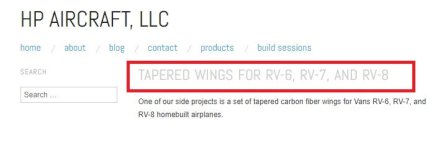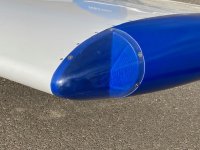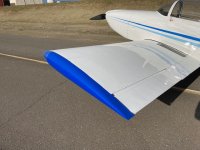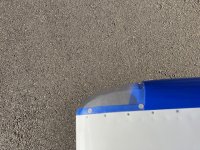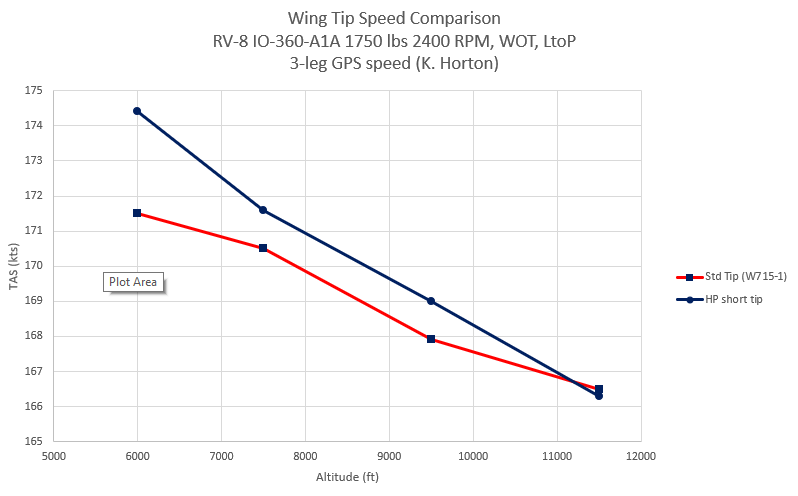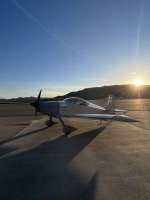Larry DeCamp
Well Known Member
FWIW, my home made tips from Steve Smith’s generous guidance save weight. Steve coached me after I asked him about flat tip merit, before the HP commercial relationship developed.
In addition to the 3mph speed increase they are six pounds lighter than 415 tips. 2.5 lb each vs 5.5ea for 415’s. Mine are made of 3layer glass and due to the curved surfaces they are very stiff.
In addition to the 3mph speed increase they are six pounds lighter than 415 tips. 2.5 lb each vs 5.5ea for 415’s. Mine are made of 3layer glass and due to the curved surfaces they are very stiff.



